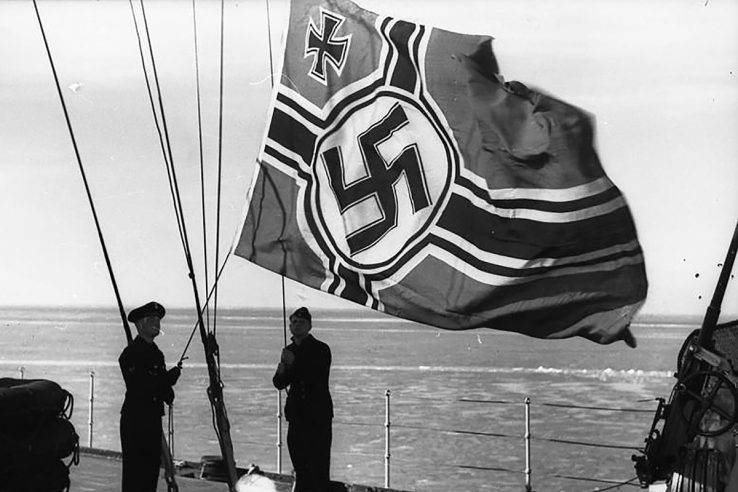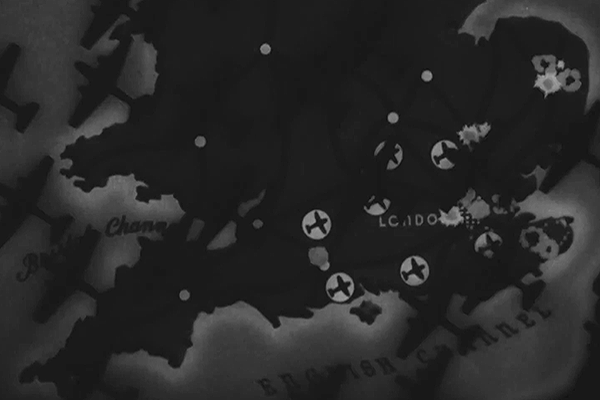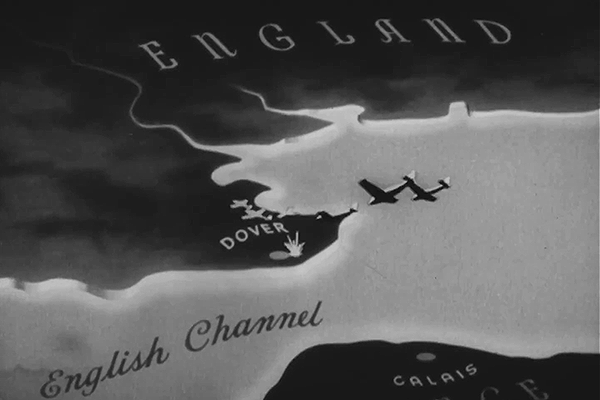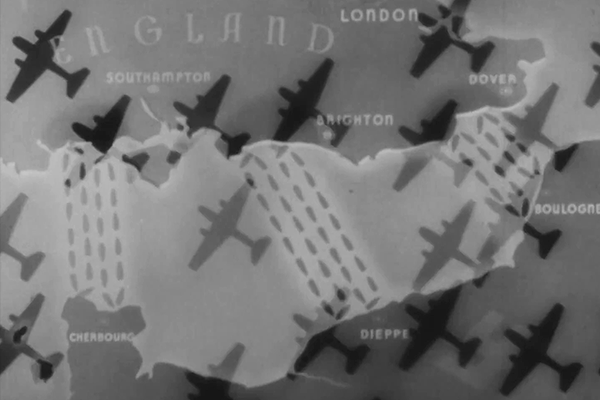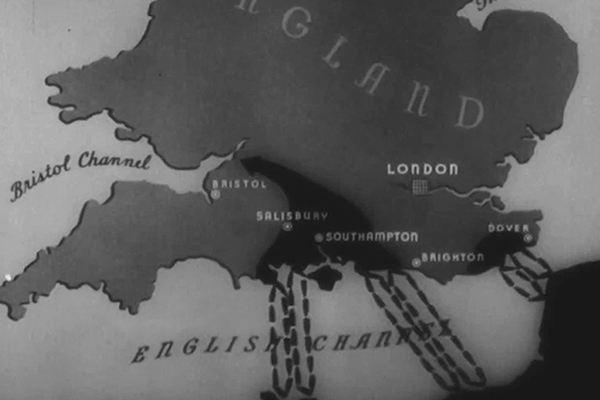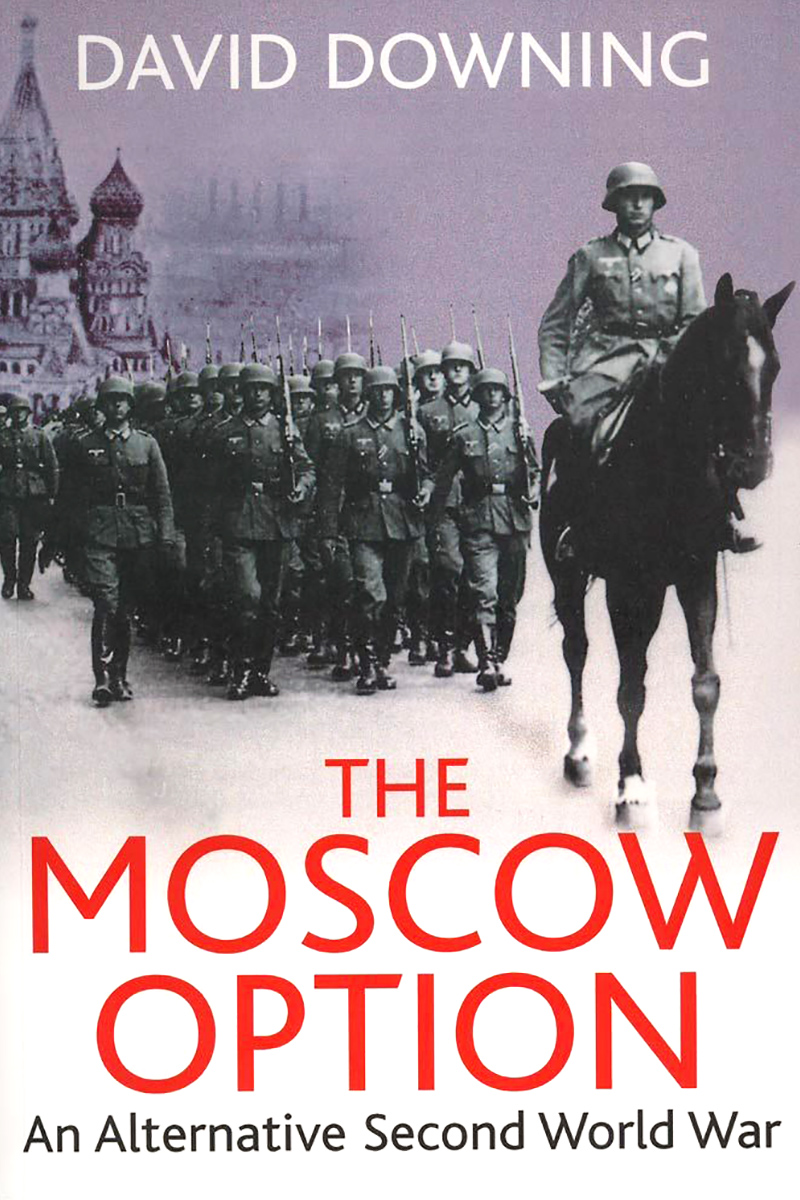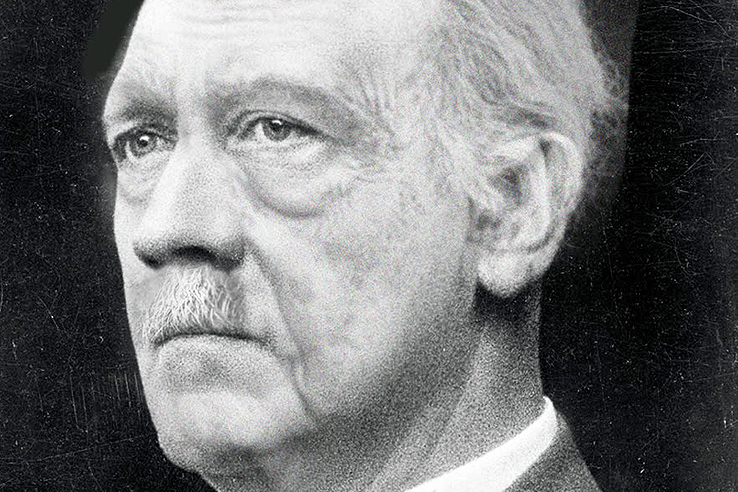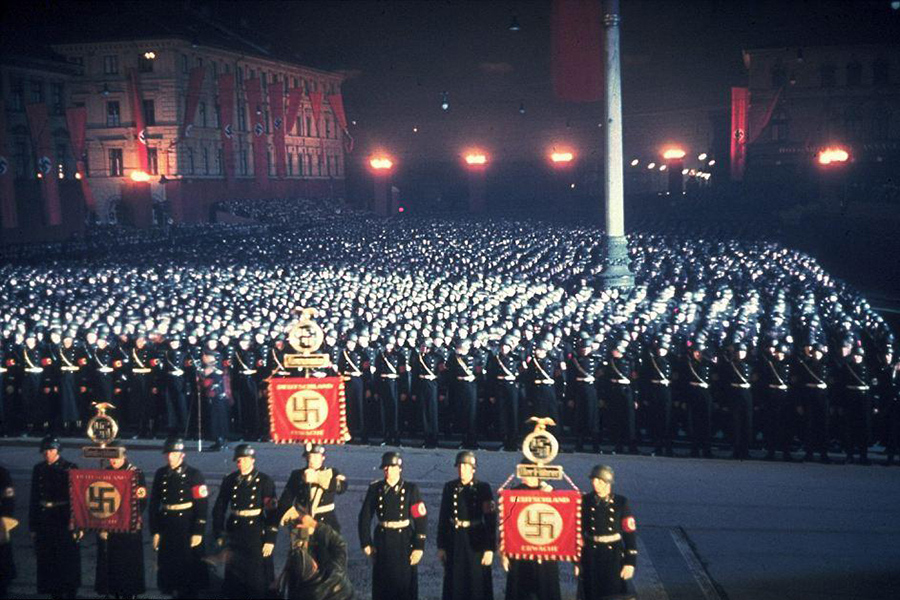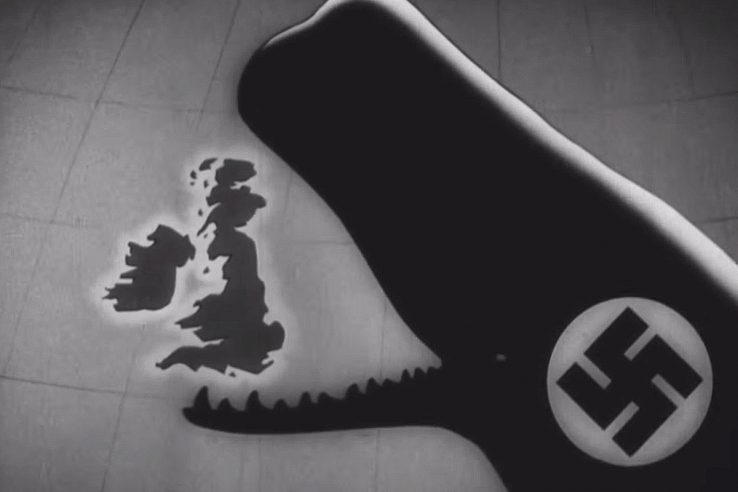
After Germany had overrun France and the Low Countries in the spring of 1940, an invasion of Britain — then the only nation still free in Europe — seemed like a distinct possibility. German fighter planes and bombers waged a months-long air war with their British counterparts over the Channel and the south of England in the summer of that year. The Germans meant to follow up with an amphibious assault once the Luftwaffe had established air superiority.
Of course, the Germans never managed. Prime Minister Winston Churchill congratulated Britain’s airmen in August, saying they had “unwearied in their constant challenge and mortal danger” and were “turning the tide of the world war by their prowess and by their devotion.”
“Never in the field of human conflict was so much owed by so many to so few,” he said.
The British had been outnumbered and outgunned yet managed to fend off the Nazi air assault and give Adolf Hitler his first defeat.
Even if they’d failed, though, it is doubtful that a German invasion of Great Britain would have succeeded.
Infeasible
For starters, the British still controlled the seas. The Germans waged submarine warfare out of necessity. Their surface fleet was considered no match for the Royal Navy.
The Germans also lacked the sort of purpose-built landing craft that would be needed in an invasion. Nor did they have experience in amphibious warfare.
Operation Sea Lion — as the plan was called — originally envisaged landings along the entire southern coast of England. This was scaled down in recognition of the Kriegsmarine‘s shortcomings. The final version of the invasion plan proposed putting nine divisions ashore, or about 67,000 men. Once they had secured the beaches, more troops would follow. They were to push north and encircle London, which the Germans expected would prompt the British to surrender.
Even this scaled-down version was deemed infeasible by Germany’s military leaders. Most historians agree it stood little chance of success.
Things looked very different at the time, however. Hitler was on a roll and the Allies couldn’t know that neither the German air force nor the navy would be up to the job.
First: get control of the air
The 1943 American propaganda film The Battle of Britain, the fourth in a series of seven called Why We Fight, presented what it described as a “foolproof” German plan to invade England.
It started by knocking out the Royal Air Force (which is where things went wrong). Then German warplanes were supposed to destroy communication and supply lines across the south of the country.
Pulverize the coast
Phase two was to “pulverize” the coastline with dive bombers and drop parachuters to seize cities like Brighton, Dover and Portsmouth.
Panzers across the Channel
Phase three was the actual invasion. Panzers would cross the Channel in “high-speed” barges from Boulogne, Calais and Le Havre under an umbrella of protecting fighter planes.
In the real world, such barges were sorely lacking. And there was still the British Home Fleet patrolling the Channel, which the film fails to mention.
Surround London
Assuming they managed to cross, though, the Germans would send “spearheads of armed might to divide, surround, destroy all opposition. That,” the film said, “is all there was to it.” Easy peasy!
Click here to watch The Battle of Britain on the YouTube channel of the National Archives of the United States.

